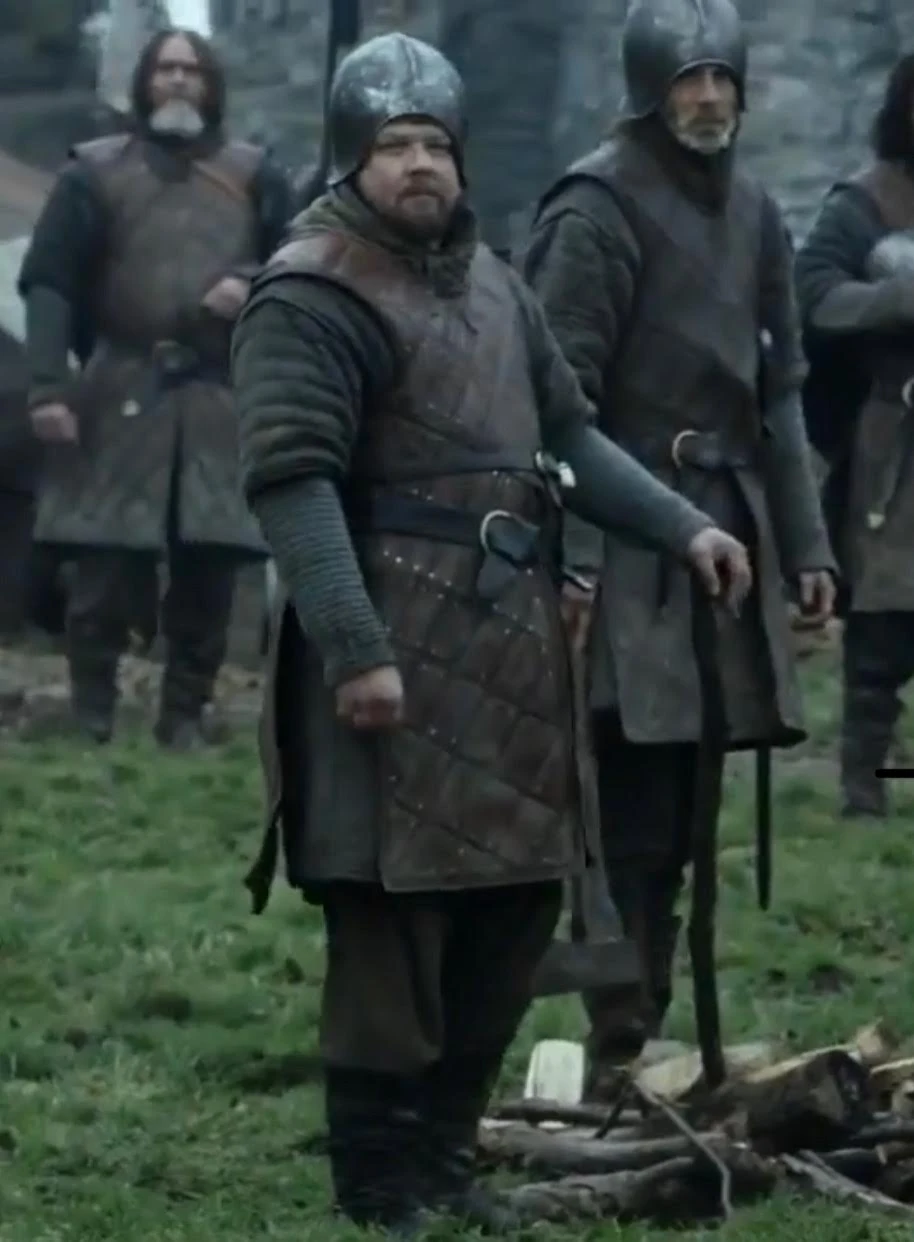Naw. The Ottoman Empire as of 1572 had about 18,000 full-time soldiers and 90,000 auxiliaries (Timariots), about on par with Renly by himself, much less the eight dozen other lords with similar forces. The Ottomans also had vastly superior logistics to GoT and still couldn't deploy their whole army in one place at a time, much less have 100,000 dudes standing around just in case, much less multiple people doing that. Now get to the 18th-19th century and the Ottomans were indeed ramped up to a couple million but then you're into modern forces and that doesn't compare.
The thing to remember when I listed 100,000 for Renly is that's just Renly. Not their whole army, one guy who was barely a contender in the Game itself.
What you listed are basically standing forces. Thing is, Ottomans were able to quickly recruit rather inane numbers of irregular troops - what we would today call bandits. What you call "auxilliaries" were, in fact, professional soldiers modeled on Byzantine
pronoia system of land grants (so similar to earlier thematic system). Ottoman professional army consisted of 18 000 janissaries and 90 000 Timariot Sipahis.
Actual auxilliaries were Azabs (light infantry, essentially peasant militia) and Akincis (light cavalry, basically horsed bandits). These could be, depending on the campaign, just as numerous if not more numerous than the regular army. As a result, even when Hungary was still able to maintain parity with Ottomans in terms of actual professional troops (those 108 000 you mention in 1572), it was in reality
hopelessly outnumbered thanks to Ottoman ability to raise hordes of motivated irregulars at drop of the hat. At Mohacs, Ottoman army counted 45 000 sipahis, 15 000 janissaries and maybe 10 000 irregulars (which is supported by Tomori who estimated it at 70 000); but this was after many of irregular troops had been detached to prevent Croatian and Transylvanian forces from joining the King at Mohacs. Overall army might have reached 100 000 for
As for Renly, his army did not number 100 000. He had 20 000 cavalry and 60 000 infantry. This might sound unrealistic, but look at the above numbers: Hungarians at Mohacs had a total of 25 000 troops. Of those, there were 10 000 infantry and 15 000 cavalry. Each soldier would require 1,36 kg of grain per day, while horse would require 4,54 kg of grain per day. Now, each cavalryman would have three horses - a combat horse, a riding horse and a pack horse. Oh, and since we are talking about a) feudal army and b) men in full plate, this also means a squire, so that's two men and four horses. Let's add a pack horse per each 10 infantry as well, which was a Roman standard (while Medieval infantry was often mounted, Renly's definitely isn't). Thus we have: 10 infantry = 10 men + 1 horse = 18,14 kg of grain per day; 10 cavalry = 20 men + 40 horses = 208,8 kg of grain per day. Renly's army of 20 000 cavalry and 60 000 infantry would need 526 440 kg of grain per day.
Hungarian army at Mohacs, as I said, 10 000 infantry and 15 000 cavalry. There is a question of whether cavalry was light or heavy, but during 15th century there were similar-sized armies with majority-heavy cavalry. But let's say 10 000 light cavalry (with no squires) and 5 000 heavy cavalry (with squires). This means 20 000 men and 50 000 horses for cavalry, plus 10 000 men and 1 000 horses for infantry. Overall result is 30 000 men and 51 000 horses, consuming 272 340 kg of grain per day. Black Army, with 20 000 cavalry and 8 000 infantry, would mean 70 800 horses and 38 000 men, which means 373 112 kg of grain per day.
Now, yes, Renly's army does consume much more than any of the armies listed - but it is not an order-of-magnitude difference. And unlike Hungarian armies noted here, which were actually
deployed into combat, Renly's army was basically lazing around in friendly territory and at point where it could easily be resupplied: actual camp was at Bitterbridge, where River Mander meets Roseroad. I have no problem believing that, with enough ships, an army that size could be supplied indefinitely. Now, such a large army couldn't be taken
into combat: but that wasn't the point anyway, and when Renly went into combat situation, he took "only" 20 000 cavalry with him, which is eminently doable (note that Black Army had 20 000 cavalry
and 8 000 infantry on top).
On the other end of the spectrum, in regards to how badly armed and armoured some Westerosi soldiers are, you have the Lannisters and the Tyrells who somehow manage to equip their vast armies with plate armour. Not brigandine, not gambeson, plate for the common soldier. I'm surprised the two Houses have any money left with such an army's upkeep. The vast majority of the Roman Empire's revenue went on the maintenance of the Legions, and most of them weren't wearing lorica segmentata.
I don't see any problem with that, at least if it is heavy infantry. This is 15th century Hungarian infantry:
Clipeati (left) does not have any armour beyond helmet and the gorget, but the armati on the right is actually better armoured than most of infantry - in either the books or the show. EDIT: Of course, if we are talking about the
show, then yes, armies would not have been anywhere as unformly equipped as presented. But I chalk that up to the costume department.





